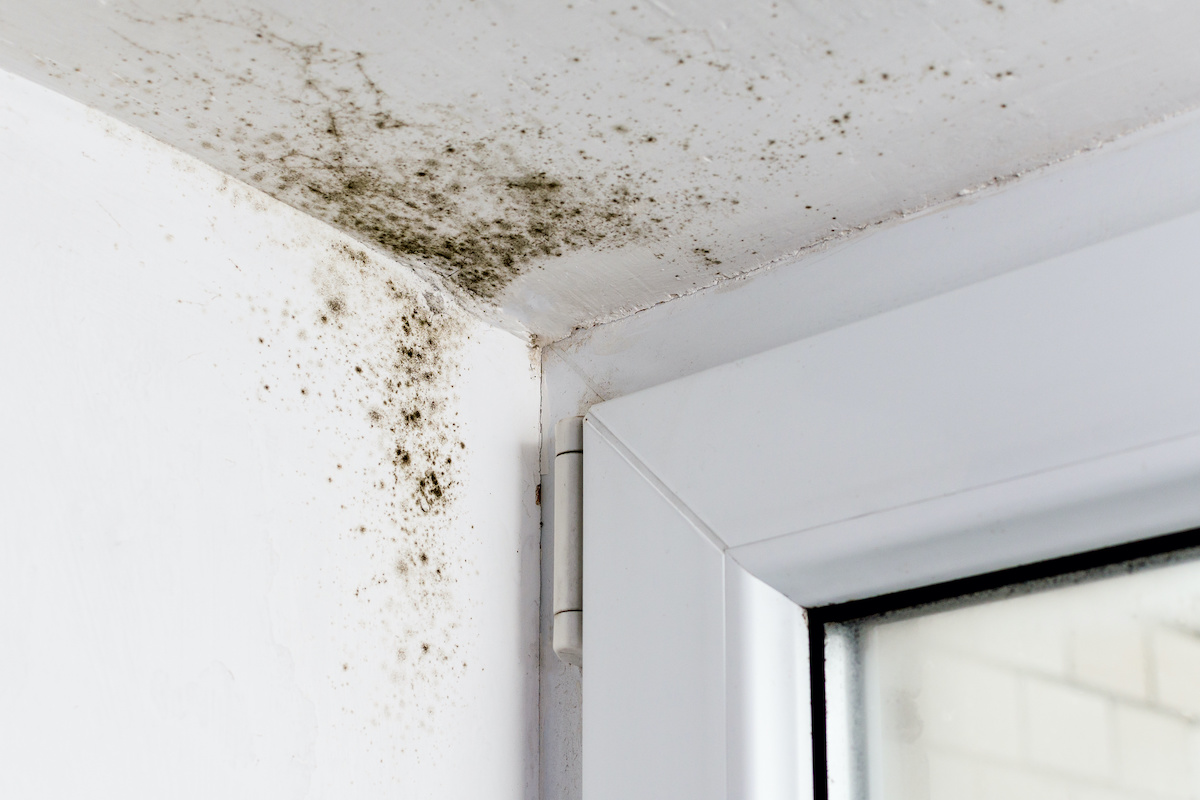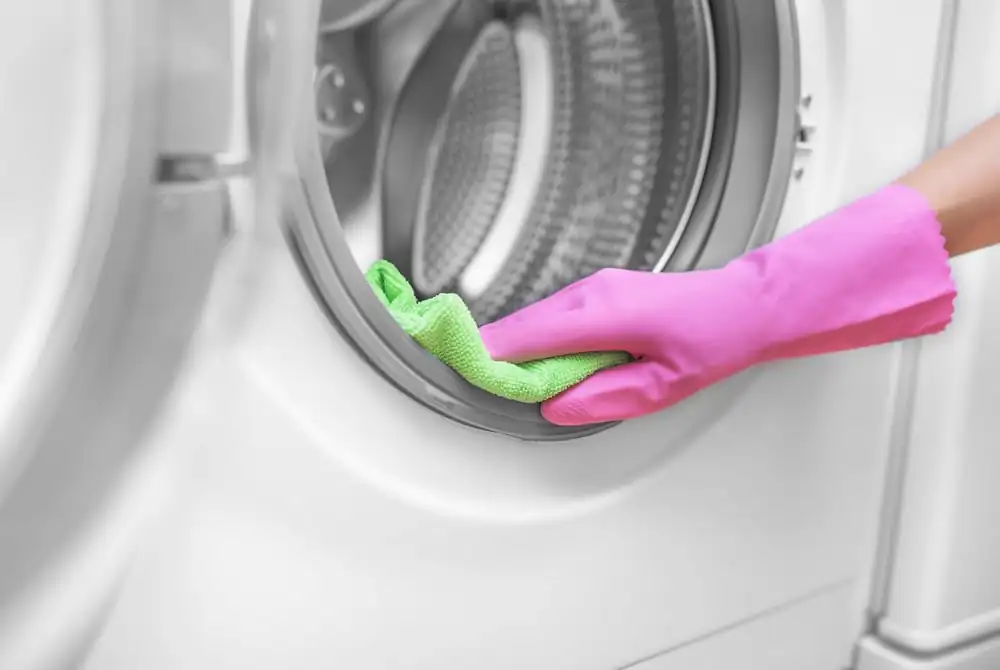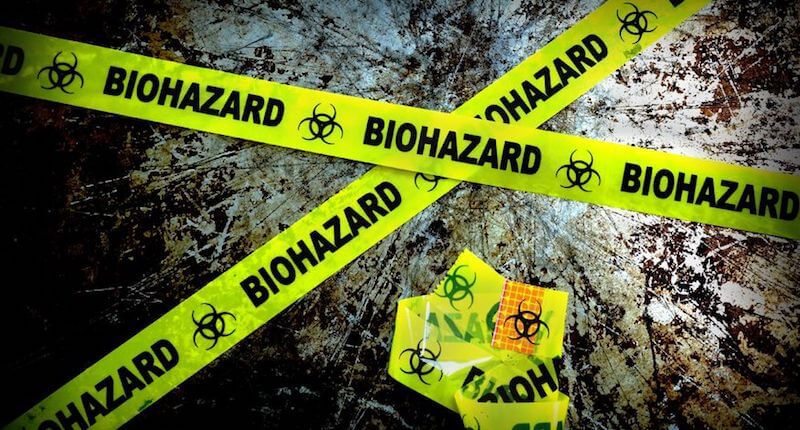Table of Contents

Mold growth in homes and businesses is a serious issue that can lead to property damage and health concerns. If left unchecked, mold can spread rapidly, affecting indoor air quality and causing respiratory problems. Knowing the signs of mold in walls, carpets, and air ducts can help you take quick action to prevent further damage. In this post, we’ll explore the common indicators of mold growth, how to detect it, and what steps to take if you suspect mold in your home or business.
Common Signs of Mold in Your Home
Mold often grows in hidden areas, making it difficult to spot until the problem becomes severe. However, there are several warning signs that can indicate its presence:
1. Musty Odors
One of the most noticeable signs of mold is a persistent musty or earthy smell. This odor is often strongest in enclosed spaces like basements, closets, and areas with poor ventilation. If you detect a moldy scent in a specific room or near your air vents, it’s a strong indication that mold may be growing nearby.
2. Visible Mold Growth
Signs of mold can appear in various colors, including black, green, white, or orange. It often looks like spots, streaks, or fuzzy patches on surfaces. You may find mold:
- Behind wallpaper or peeling paint
- On bathroom ceilings and walls
- On carpets or under rugs
- Inside air vents and ducts
If you see discoloration or strange patches forming, it’s crucial to investigate further.
3. Water Stains and Discoloration
Yellow, brown, or dark stains on walls, ceilings, or carpets can indicate past water damage and possible mold growth. These stains are often found:
- Near plumbing leaks
- Around windows with condensation
- On ceilings from roof leaks
Mold thrives in damp conditions, so water stains should never be ignored.
4. Increased Allergy Symptoms
If you or your family members experience persistent allergy symptoms such as sneezing, coughing, watery eyes, or skin irritation, signs of mold could be the culprit. Mold spores can trigger allergic reactions and worsen respiratory conditions like asthma.
5. Warped or Bulging Walls
Walls that appear swollen, bubbled, or warped may have moisture trapped behind them, creating the perfect environment for signs of mold growth. If your drywall feels soft or crumbles when touched, there’s a high chance that mold is present inside the walls.
How to Detect Mold in Different Areas
Mold in Walls
Mold inside walls is particularly tricky because it’s often hidden from view. Here’s how to detect it:
1. Tap on the wall—if it sounds hollow, there may be moisture damage inside.
2. Use a moisture meter to check for hidden dampness.
3. Look for peeling paint or wallpaper that seems to be bubbling.
4. Check electrical outlets for any musty smells.
What to Do: If you suspect mold behind walls, contact a professional for an inspection before cutting into drywall, as disturbing mold can release spores into the air.
Mold in Carpets
Carpet fibers can trap moisture, making them a prime breeding ground for mold. Watch for:
1. Dark spots or patches on the carpet or under rugs
2. A damp or musty odor even after cleaning
3. Increased allergy symptoms when spending time in the room
What to Do: If mold has penetrated deep into the carpet, it may need to be replaced. Small mold patches can sometimes be treated with a vinegar or baking soda solution.
Mold in Air Ducts
Mold in air ducts can spread spores throughout your home, leading to widespread contamination. Signs include:
1. Musty smell coming from air vents
2. Visible mold growth inside ducts or on vent covers
3. Increased respiratory issues when the HVAC system is running
What to Do: Schedule a professional air duct cleaning and ensure your HVAC system is properly maintained to prevent future mold growth.
Preventing Mold Growth in Your Home
Taking proactive steps can help you prevent signs of mold from growing in the first place:
1. Control Humidity Levels: Keep indoor humidity below 50% using dehumidifiers and air conditioners.
2. Fix Leaks Promptly: Repair plumbing, roof, and window leaks as soon as possible.
3. Improve Ventilation: Use exhaust fans in bathrooms, kitchens, and laundry rooms.
4. Clean and Dry Wet Areas Quickly: If carpets, walls, or furniture get wet, dry them within 24-48 hours to prevent mold.
When to Call a Professional for Mold Removal
If you notice multiple signs of mold in your home, it’s best to seek professional remediation services. PuroClean of Coral Gables offers expert mold inspection, testing, and removal to restore your home to a safe and healthy condition.
Don’t wait for mold to spread—contact PuroClean of Coral Gables today (305) 894-4343 for a professional mold assessment!



 PuroClean of Coral Gables
PuroClean of Coral Gables